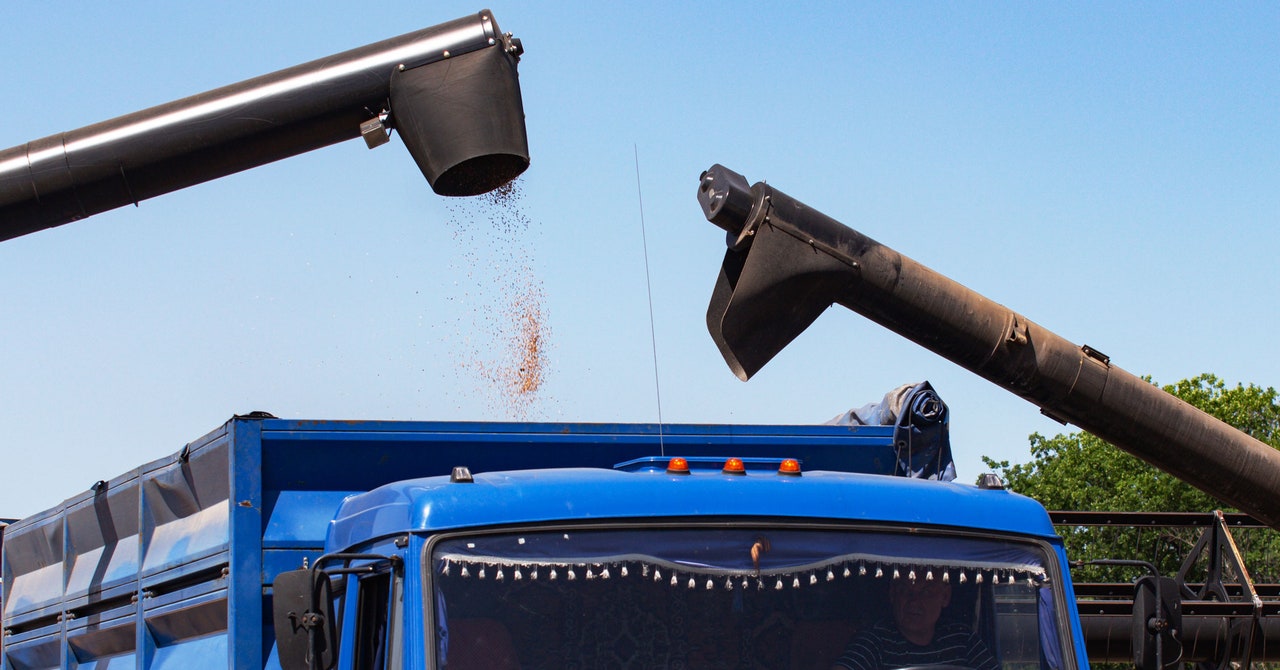
This story originally appeared on Mother Jones and is part of the Climate Desk collaboration.
With its siege on neighboring Ukraine, Russia has embroiled two of the world’s five leading wheat exporters in a chaotic war, representing about a quarter of the global trade in staple grain. Not surprisingly, global wheat prices surged during the first few days of the invasion. They’ve come down a bit since, but they remain at their highest level since the early 2010s. That’s not a comforting milestone. Back then, extreme weather in wheat powerhouses Australia, the United States, and Russia, along with a few other factors, caused wheat prices to spike. The result: bread riots in the Middle East that helped bring about the Arab Spring and the still-simmering civil war in Syria.
Geopolitical shocks like Russia’s attack on Ukraine fall upon a global food system already wobbling from climate change, according to the latest report released on Monday by the Intergovernmental Panel on Climate Change, the United Nations’ assemblage of 270 researchers from 67 countries.
The previous IPCC report, out last August, established that average global temperatures have risen 1.1 degrees Celsius since before the 19th century industrial revolution, and warned that without “immediate, rapid and large-scale reductions in greenhouse gas emissions,” it will be impossible to avoid periodic heat waves that make it too hot to grow food or work outside.
The new report looks at how rising temperatures are already pummeling global ecosystems, including the ones that provide our sustenance: farmland and the oceans. It also considers how societies can adapt to make food production more resilient in our warming, increasingly chaotic climate.
“Our report demonstrates that climate change—including increases in hazards such as flooding, drought, or cyclones—is already affecting food systems, and particularly in vulnerable regions” like Sub-Saharan Africa and Central America, says Rachel Bezner Kerr, a professor in the Department of Global Development at Cornell University and a lead author on the report’s chapter on food systems. But while people living in nations near the equator will take the worst of the effects—a gaping injustice, given that they have contributed far fewer greenhouse gas emissions than their peers in the global north—“no one is spared from climate change impacts,” Bezner Kerr stressed.
Here in the United States, ever fiercer droughts and floods are already wreaking havoc in our two most productive farming regions, California’s Central Valley and the Midwestern corn belt.
The damage extends beyond crop failures triggered by destructive weather events. Heightened CO2 in the atmosphere actually helps crops grow faster, but it also boosts their carbohydrate content and drives down their levels of key vitamins and minerals. “This is of particular relevance for fruit and vegetable crops given their importance in human nutrition,” the report states. Worse, increased heat stress from climate change more than outweighs the effect of faster growth. Warmer temperatures have already lowered yields of the globe’s big three staple crops—corn, wheat, and rice—by 5.3 percent since 1961, the authors find.


